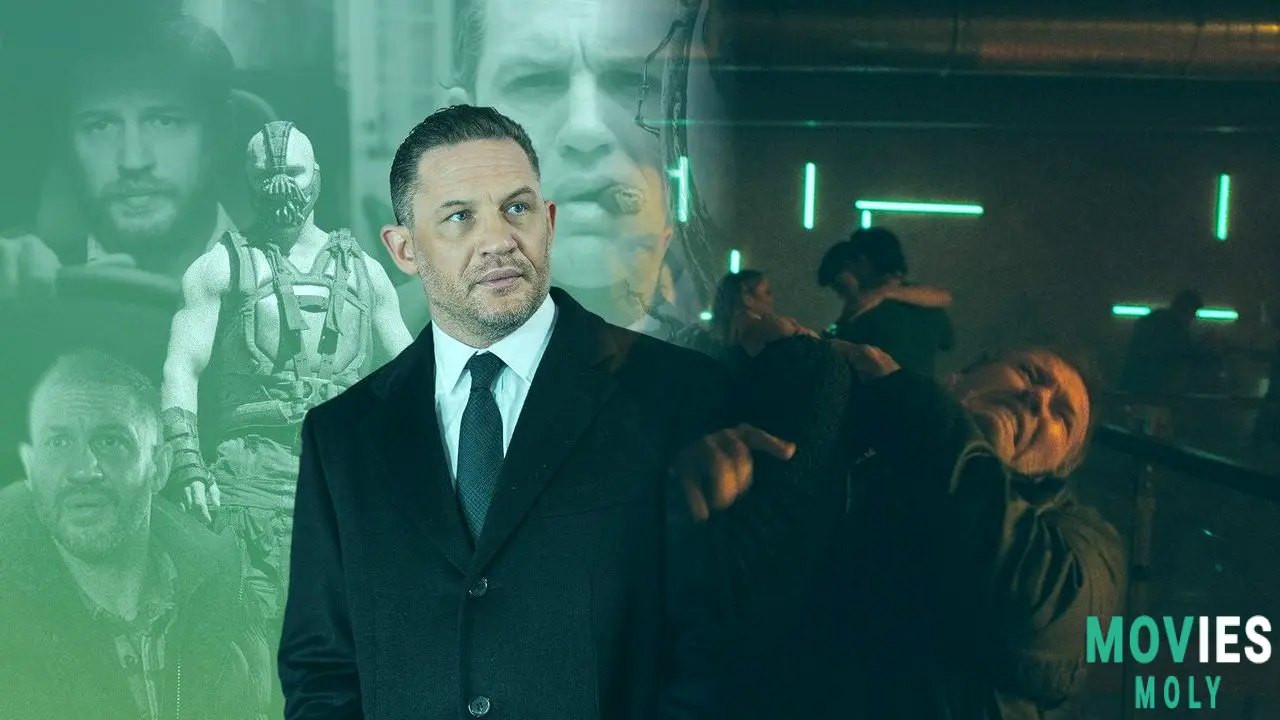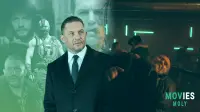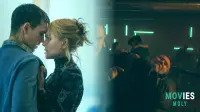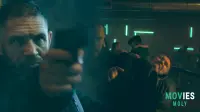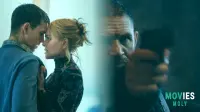By Nicolas Ayala | Features Writer, Screen Rant
There are actors who play it safe, and then there’s Tom Hardy — a performer who seems to thrive on stepping into roles so gritty, weird, and emotionally jagged that they leave both audiences and critics scrambling to categorize what they’ve just witnessed. With Havoc now streaming on Netflix, Hardy delivers another explosive chapter in a career that not only refuses to mellow with time but keeps finding new ways to bruise the screen with its intensity.
Havoc Is Hardy’s Worst-Case-Scenario Actiongeddon — And He Owns Every Bloody FrameDirected by Gareth Evans, the Welsh auteur behind The Raid series, Havoc is a hyper-violent, nihilistic dive into corruption, chaos, and carnage. Evans doesn’t just make action films — he melts genre DNA into something primal. And teaming up with Hardy, who also serves as a producer, the result is a grimy symphony of moral decay and muscle.
Filmed entirely in Wales but masquerading as an unnamed American city, Havoc transforms familiar locales like Swansea’s Brangwyn Hall into gritty crime-scene backdrops. The illusion is seamless, much like Hardy’s performance as Walker, a jaded cop spiraling through a drug deal fallout that quickly turns into a bloodbath. Hardy’s Walker isn’t just violent — he’s viscerally inventive in his brutality, tearing through a rogue’s gallery of antagonists with a mix of fury and funk.
And then there’s the voice. In what’s become one of his signature gambits, Hardy adopts a strangle-yet-strange accent — part New York screech, part improvisational idiolect — that hovers between menacing and mischievous. It’s the same emotional hacktivism that Nolan-era Bane fans debated understanding, but here it lands with more texture than toy.
Hardy’s vocal choices, combined with his off-kilter eye movement (rarely meeting gazes, often looking down as if processing an inner algorithm), create a language of performance that’s uniquely his own. As Evans put it, Hardy brings “swagger, charm, charisma, and maybe a dry sense of humor” — even when the script is asking for nothing less than a full-on blood ballet.
From The Dark Knight Rises to MobLand: Hardy’s Evolution as a Genre Anchor
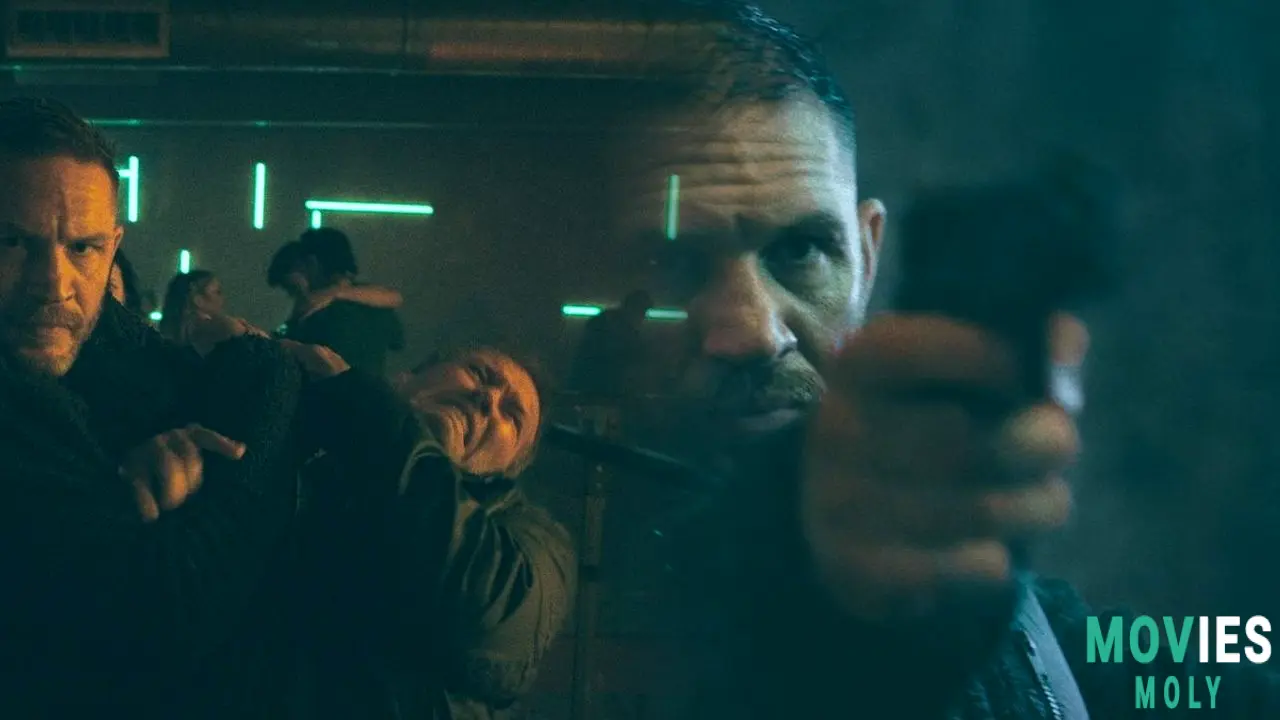
It’s easy to peg Hardy’s mainstream breakthrough to his masked, mumbling Bane in The Dark Knight Rises. Despite audience gripes about his unintelligible dialogue, the role cemented Hardy’s place in the blockbuster ecosystem. But that ecosystem has never contained him. In the years since, he’s oscillated between the metaphysical (locking himself in a car for Locke), the apocalyptic (Mad Max: Fury Road), and the symbiotic (grappling with his own performance in the Venom trilogy).
His recent work in MobLand, Guy Ritchie’s crime series on Paramount+, showcases a different Hardy — one tempered by age and layered with regret. As Harry Da Souza, a Cockney fixer caught between violent Irish crime lords, Hardy delivers a performance that is as controlled as it is chaotic beneath the surface. He never boils over; he simmers. He’s the crime world’s Michael Clayton, always three steps ahead but increasingly worn down by the moral compromises he can’t escape.
It’s a role that benefits from Hardy’s real-life embrace of time and wear. No longer hiding behind hypermasculine physiques or flamboyant fury, Hardy’s face in MobLand is a map of experience — lined, tired, but never defeated. His charm remains, especially when it flickers into that playful, devilish smile that seems to ask, “Wait till you see what I do next.”
Hardy’s Acting Is an Ecosystem of Risks, Repetitions, and Revelations
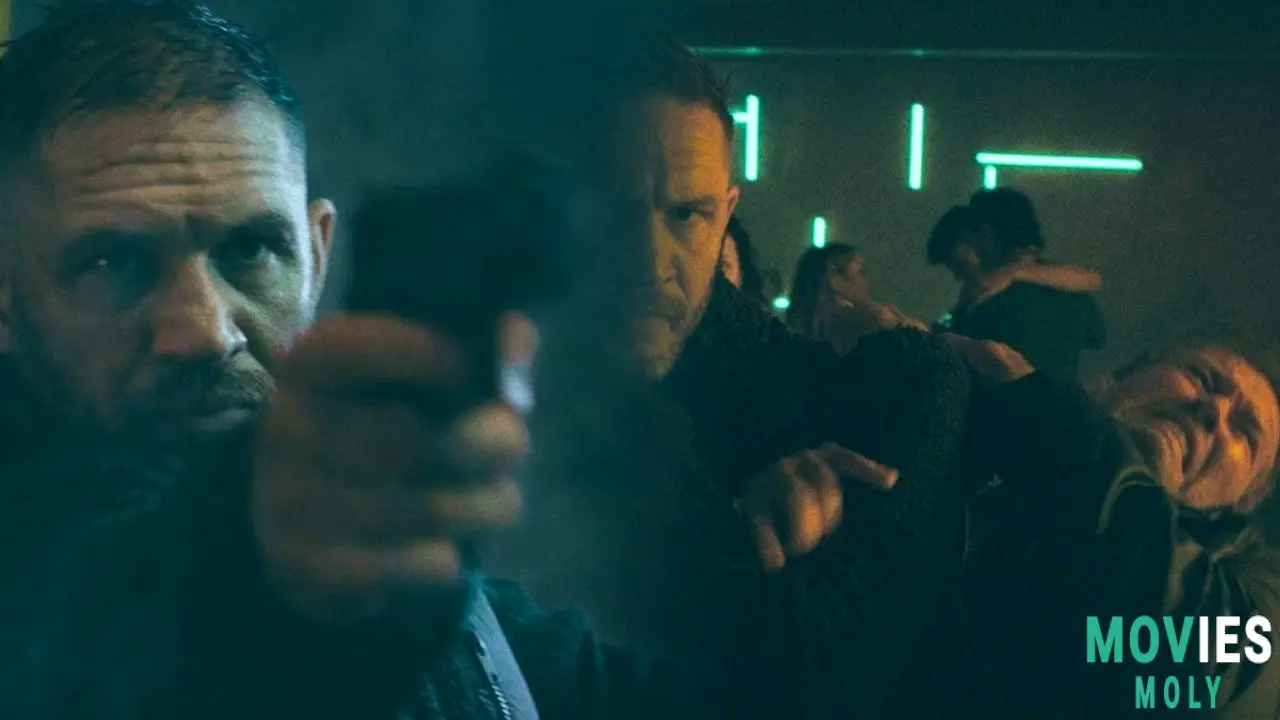
One of the most fascinating aspects of Hardy’s career is how divided perception of him is — and how that division reveals more about audience expectations than about Hardy himself. Male actors often hail him as a genius. Industry insiders point to films like Stuart: A Life Backwards, The Drop, and Warrior as proof of his range and risk-taking. Non-actors love him but wonder if he’s sometimes “overdoing it.”
And then there are the roles, like The Bikeriders, where he channels a B-grade Brando persona so deliberately that it borders on self-parody. But even then, he’s commenting on masculinity, mythology, and media through performance. He’s not just playing characters — he’s playing with the language of character itself.
His portrayal of Stuart, a traumatized, ill-addicted man in Stuart: A Life Backwards, is perhaps the clearest example of Hardy’s willingness to dive into uncomfortable truth. A scene where Stuart self-immolates emotionally and physically is haunting not because it seeks sympathy, but because it dares to live in human ugliness without flinching. It's the kind of performance that risks alienation in order to achieve resonance.
Venom, Violence, and the Virtue of Not Playing It Safe
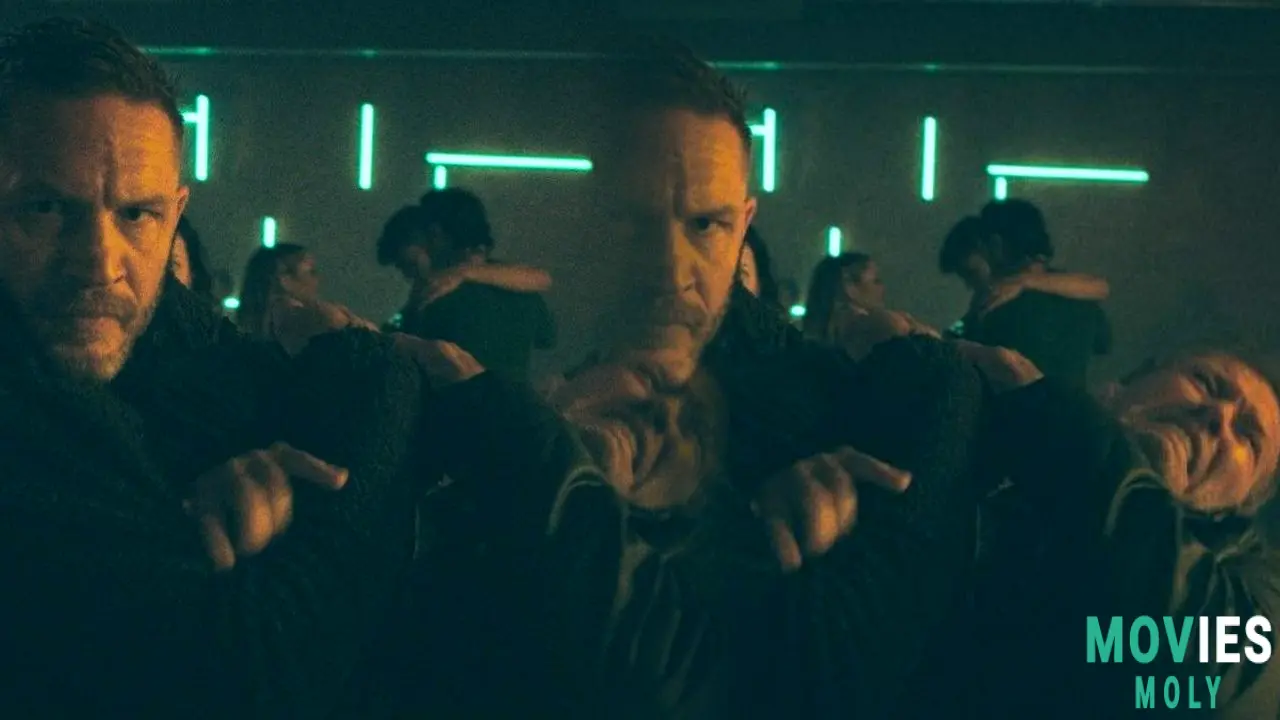
Hardy’s Eddie Brock in the Venom films may be his most openly playful persona in recent years. Critics deride the films, but Hardy embraces them, subverting what little narrative coherence they have with sheer improvisational energy. His dynamic with Venom — essentially arguing with himself in spastic, comedic, and sometimes absurd ways — turns the Movies into something akin to cinematic ventriloquism.
In Let There Be Carnage, a sequence where Venom commandeers bodies at a queer rave and delivers a misinterpreted liberation speech is pure chaotic genius. It’s tasteless, sure, but it’s also free — free from the constraints of what a leading man “should” be. And that freedom is where Hardy seems to live and thrive.
Havoc, Hardy, and the Future of Welsh Filmmaking (and Grimy Genre Gold)
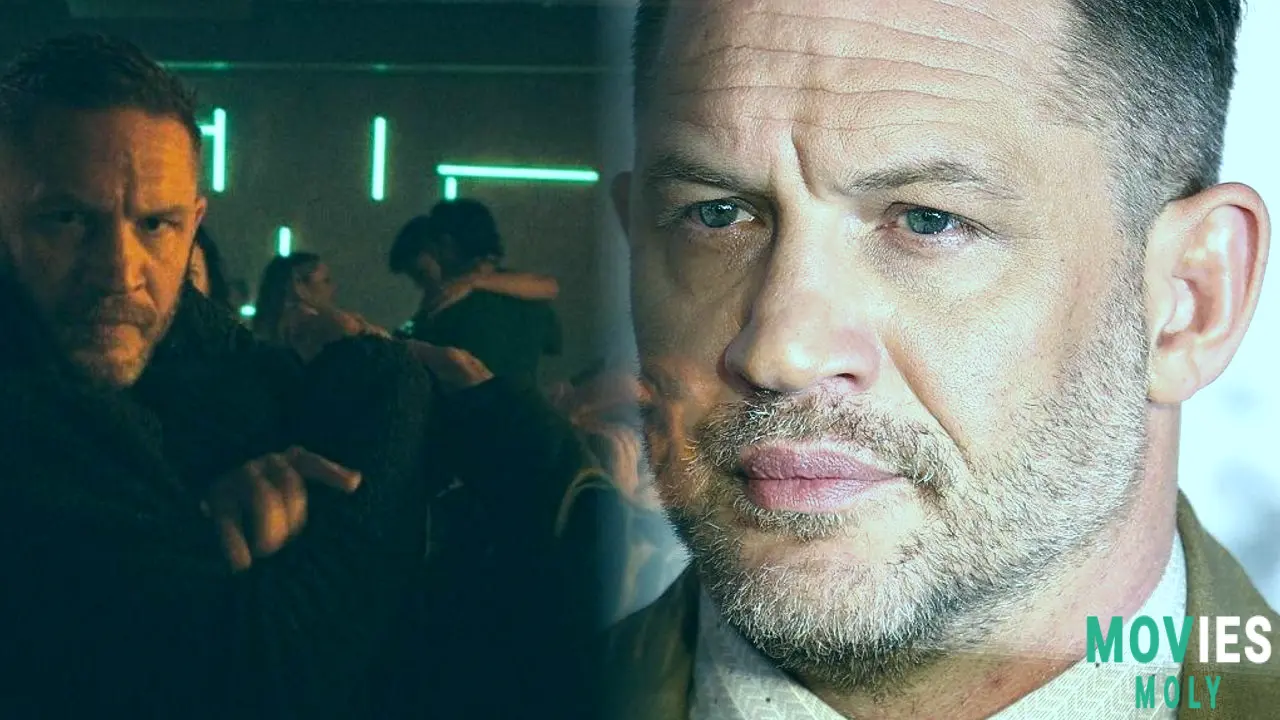
Havoc isn’t just another Tom Hardy action film — it’s a genre milestone, a blood-soaked love letter from Gareth Evans to the kind of gritty storytelling that doesn't give a damn about polish. That it was shot in Wales, with practical effects, real bullet muzzle flashes, and a director choreographing stunts in VR, only adds to its mythic stature in the action world.
Hardy’s involvement helped elevate the project, and his performance as Walker — complete with a unique physicality that lists him slightly to the right like a worn ship still sailing — grounds the madness in human grit. He’s not just fighting gangs; he’s fighting the weight of a world that’s long since stopped caring.
In an industry increasingly obsessed with marketability and middle-of-the-road masculinity, Tom Hardy remains a wild card. He’s the actor willing to wear the mask, the makeup, the accent, and the emotional bruises. He’s the one who still talks with his face, even when it’s covered by venomous symbiotes or improvised across broken scripts.
And that’s why, love him or question him, Hardy matters. Because he keeps giving us something real — even when it’s bloody, strange, and says “Here Be Dragons” on the map of conventional cinema.

